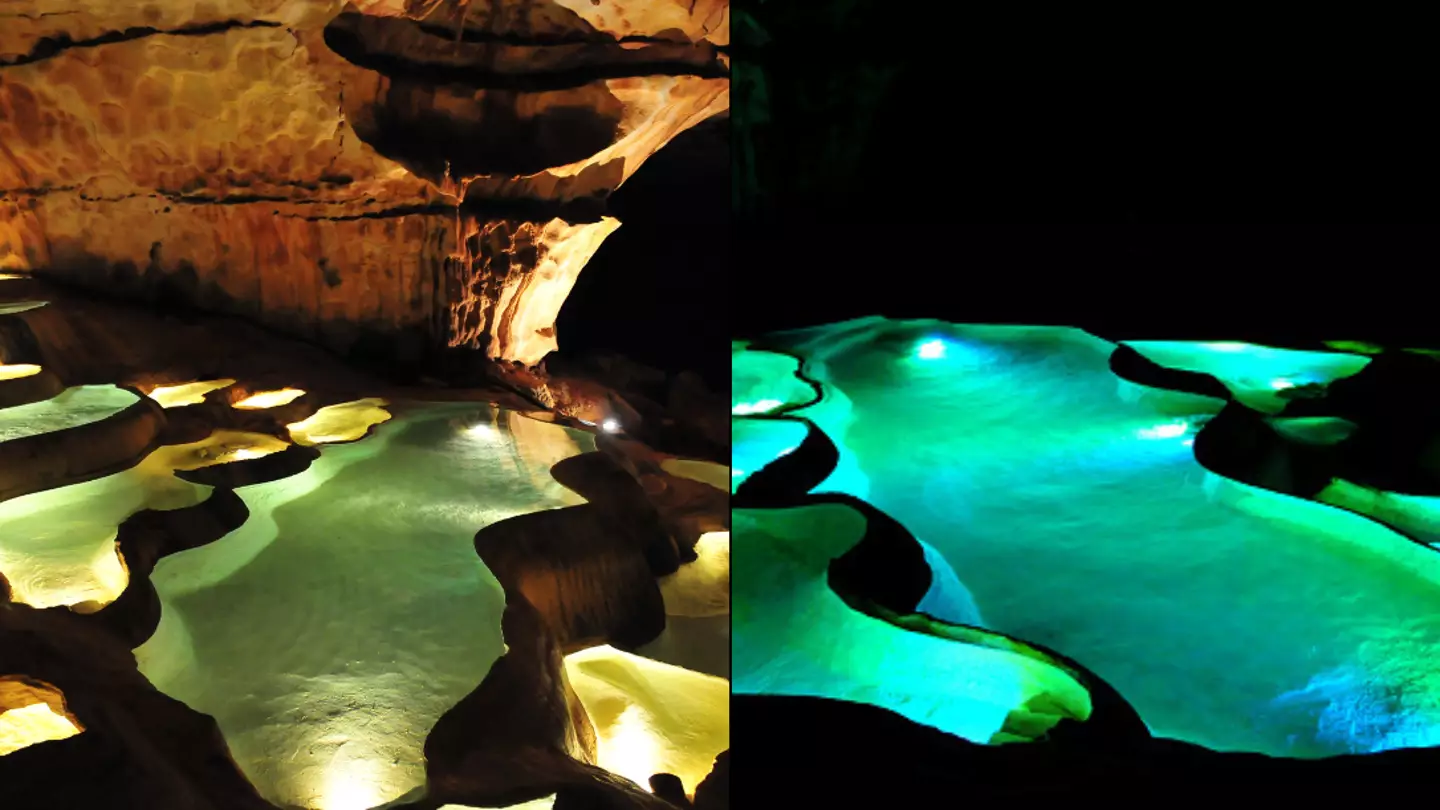
Researchers have been left scratching their heads after exploring an ancient 40-mile-long cave in France, making them question some long-standing beliefs about our ancestors.
The entrance to the Saint-Marcel Cave in France was found to have been occupied by people since the Middle Palaeolithic era, but deeper parts which had been blocked by terrain was a mystery.
Advert
Except, now researchers led by geomorphologist Jean-Jacques Delannoy of the French National Centre for Scientific Research (CNRS) have discovered that people have already explored that area and they have no idea how.
Since finding broken stalagmites around a mile past the entrance, they explored the area with high-tech equipment to find out more evidence of human exploration.
.jpg)
However, they soon realised that without this equipment, it would have been impossible, creating a lot of questions about how prehistoric settlers could have entered the deeper part of the cave without specialist tools.
Advert
Speaking to PNAS, Delannoy revealed: "This discovery and the fact that the structures are around 8,000 years old is exceptional. This raises the question of cave knowledge at that prehistoric period, their ability to explore and cross shafts, and their mastery of lighting."
It all began when they saw broken deposits in the floor, which is something that explorers have done to keep trophies for centuries, according to Science Alert.
The researchers quickly assumed that broken floor meant that prehistoric people from 8,000 years ago had done the same.
But they had a task on their hands trying to date the broken tips in the cave, and used uranium-thorium dating to figure out when the minerals were snapped off.

According to their findings, the earliest snapped tip was broken 10,000 years ago and the most recent was 3,000 years ago.
Advert
They went on to find that a large number of broken tips were laid out to form a deliberate structure around 8,000 years ago, which is long before scientist believed people could ever get down there.
They wrote in their paper: “The evidence for prehistoric human activity in the cave of Saint-Marcel is conclusive.
"Our study results are changing the way we look at the Saint-Marcel cave network, giving them a cultural dimension linked to prehistoric use … the results from Saint-Marcel cave invite us to take a new look at these societies, their use of caves, which has hitherto been considered to be limited to the entrance areas, their engagement with deep underground landscapes, and the associated symbolic dimensions."
This find could spark greater knowledge about the daily lives and settlements about prehistoric people!
Featured Image Credit: Getty stock photosTopics: Science, History, Technology
